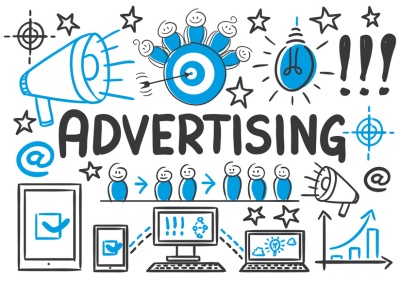Real-time advertising (RTA) is an evolved form of display advertising. Essentially, it is a performance-based form of display advertising. This form of advertising can offer businesses a myriad of benefits. In this article, we will give you an overview of real-time advertising, including how it is done, and the benefits that it can provide. We’ll also touch on some of the negatives that are associated with RTA.
A well-developed advertising campaign can significantly enhance the success of any business. However, in order for an ad campaign to work well, ads have to reach the targeted audiences. Moreover, the ads must contain relevant content that will encourage a prospective buyer to take action. In the age where digital advertising has become the norm, particularly online advertising, ad campaigns have significantly changed. New advertising strategies are constantly being developed. Real-time advertising is one of the latest and most effective strategies.
What is Real-Time Advertising?
Real-time advertising involves creating an ad that is based on recent and highly popular moment from a very famous moment (the Super Bowl, for example) and making slight modifications so that it includes information related to a brand. The ad is then displayed to a relevant audience.
How Real-Time Advertising Works
At first glance, real-time advertising might sound like it’s a complicated process; however, with the right knowledge and skill, it’s actually relatively simple.
Real-time advertising involves the following:
- An advertiser uploads a banner ad or a video onto a demand side platform (DSP). The maximum bid is entered for an ad impression. Other requirements for the targeted audience of the campaign can also be entered; for example, the geographical location or the demographics of the audience.
- The demand side platform is linked to an ad exchange platform, which operates the marketing campaign. When someone visits a publisher’s website that is linked to your ad exchange platform, software assesses the visitor to find out if he or she fits into your targeted audience. This process is primarily done by assessing the user’s browsing history, which can determine whether or not someone has been directed to the ad via retargeting strategies, such as cookies. By assessing a user’s profile, marketers can gain a better insight about their visitors.
- If a visitor does math the description of the targeted audience, the ad will go into an automatic real-time bidding war (RTB). The ad of the marketer who has placed the highest maximum bid will be displayed. That means that if your bid was the highest, your ad will be displayed, but if a competitors bid was higher, their ad will be displayed, and you won’t be charged.
On average, the entire process takes less than 100 milliseconds, and it occurs without the user ever noticing.
Components of Real-Time Bidding
There are several important components involved in the real-time bidding process. The most important of these components include the following:
- Publisher. Anyone who offers space on their website for advertising, such as a website or blog owner.
- Advertiser. These are businesses or agencies that purchase advertising inventory with the intention of targeting their ads to particular groups of people.
- Supply side platform (SSP). These are platforms that help web publishers manage their ads. They are usually connected to an ad exchange platforms. They attempt to sell ad impressions for the highest amount possible to make the most money possible.
- Demand side platform. These platforms identify the demand for an ad depending on the offers that are made by the supply side platform. From the DSP, you can define your campaigns and modify your ads so that they are customized to fit the targeted audience.
